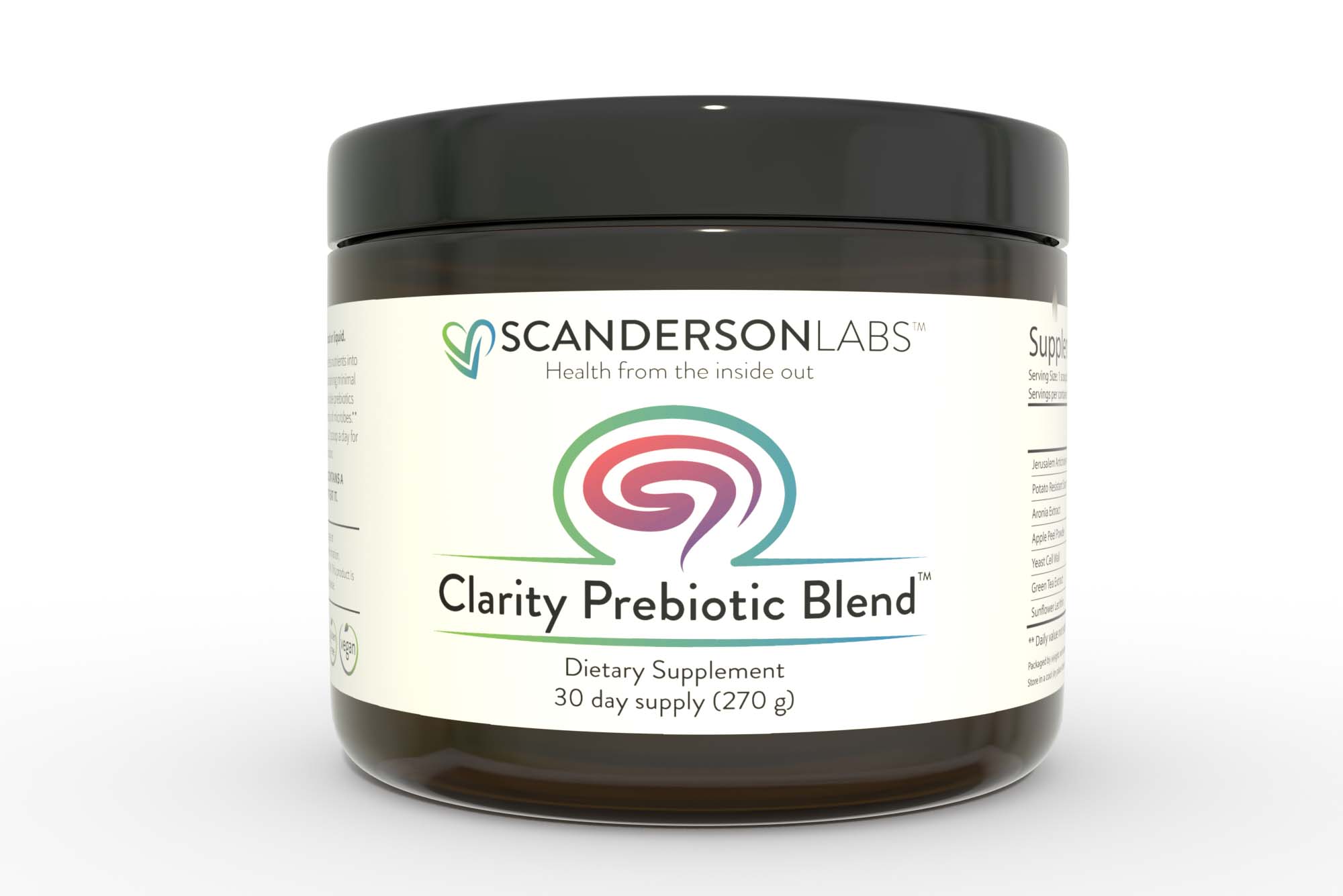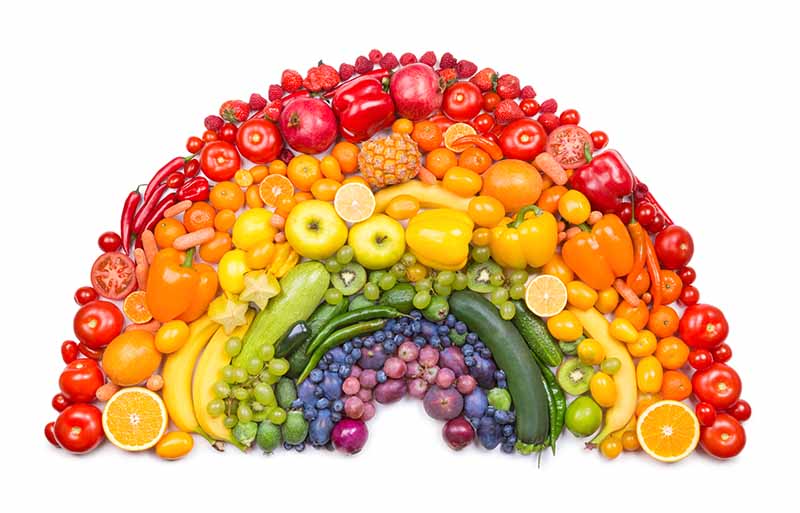What is the Diversity Diet?
Diversity is a hot topic these days. Certain TV pundits will tell you that diversity is a bad thing, but Mother Nature begs to disagree. Ecology always favors diversity. Diversity allows redundancy: when several creatures can perform the same task, losing one is not fatal to the ecosystem. Variety thus creates a more resilient network, with a great store of understudies ready to step in and pick up the slack. Bacteria have multiple personalities, and in a community, they can assume numerous roles. That redundancy allows us to cultivate a robust and healthy microbiota.
Although tiny and foreign, healthy gut microbes are our body’s first line of defense, acting before our immune cells are even aware of an invasion. They actively kill pathogens using antimicrobial secretions – or less violently, they outcompete them for food. You simply can’t survive without some form of microbiota, so it is wise to keep yours as strong as you can.
As a bonus, a healthy gut is now understood to be an important factor in mental health. A poorly balanced gut can lead to depression, anxiety, and even psychosis. A diversified gut can improve your mood, memory, and cognition.
How to Feed a Diverse Microbiota
In order to support microbial variety, you need to cater to their many tastes. A healthy microbiota requires a rich blend of multiple prebiotics (fiber) and polyphenols to keep them happy. In a study from the University of Minnesota, the authors state that “Consuming nutritionally-rich plant-centered diets is significantly associated with higher gut microbiota diversity.”

BUY ON AMAZON
Megan Rossi of King’s College London, also known as the “gut health doctor,” advises you to aim for 30 different plants every week. If you can’t manage to get all 30 different plants, you can try a prebiotic blend.
Intriguingly, a recent study from the University of California, Davis, showed that a varied diet could also help reduce antibiotic-resistant microbes in the gut. Danielle Lemay, an author of this study, says that the key is to eat a diverse diet high in soluble fiber.
Fortunately, for those who think they can’t handle veggies like broccoli, your taste buds are eminently malleable. Like most epithelial cells, they turn over on a weekly basis. The more broccoli you eat, the more your taste buds will evolve to tolerate it. You may even begin to crave it!
Many people carry their food aversions as a badge of honor, complete with a hoary backstory, usually involving an overzealous parent. But aversions are nothing to be proud of, and they certainly shouldn’t define your personality. Don’t let old habits keep you from attaining optimal health!
Prebiotic Fiber
Hundreds of studies have shown that to support a healthy and diverse gut microbiota, you need to eat foods high in fiber. Fiber conjures visions of tree bark, but it is really just a common name for oligosaccharides: basically long indigestible chains of sugar. These are also called prebiotics: the food for your probiotics.
Stomach acids and enzymes are no match for these complex sugars, which make it intact all the way to the colon. There they are digested by beneficial microbes that show their gratitude by producing substances like short-chain fatty acids that nourish and heal the cells lining your gut.
Foods high in fiber include veggies like asparagus, onions, artichokes, and beans. Berries like strawberries, raspberries, and blueberries are also high in fiber. Meat has no fiber at all, so at least in this regard, vegans and vegetarians aren’t missing anything.
Polyphenols and Flavonoids
Polyphenols are also important. These are molecules that plants use to defend themselves against excess sunlight and pathogens. They can also protect us against free radicals, products of metabolism that can cause cell damage. Polyphenols also include flavonoids, substances that contribute flavor to fruits and veggies and also act as prebiotics.
Some polyphenols are small molecules that are easily absorbed, but long chains of polyphenols, just like long chains of sugars, require microbes to break them down. Polyphenols thus feed good microbes while discouraging pathogens. Plants high in polyphenols include berries, nuts, herbs, spices, and grains.
An excellent way to boost variety is to sample unfamiliar cuisines. Foreign restaurants offer a window into new foods and flavors. We’re not just talking about Taco Tuesday. Get out of your comfort zone and try Ethiopian, Nepalese or Korean food. Better yet, learn how to cook some exotic dishes yourself. Highly varied foods are a staple of the Mediterranean diet, famously healthy.
Supplements
For many people, it can be hard to keep up with such a wide variety of veggies. For those people, supplements may help. However, in keeping with the concept of diversity, look for supplements that contain a blend of prebiotics and polyphenols. Studies show that multiple prebiotics are more beneficial than one.
There has always been a pitched war between humans and pathogenic bacteria. Maintaining a diverse gut ecosystem is the key to beating those pathogens and optimizing your health. This is a fight you can win.



